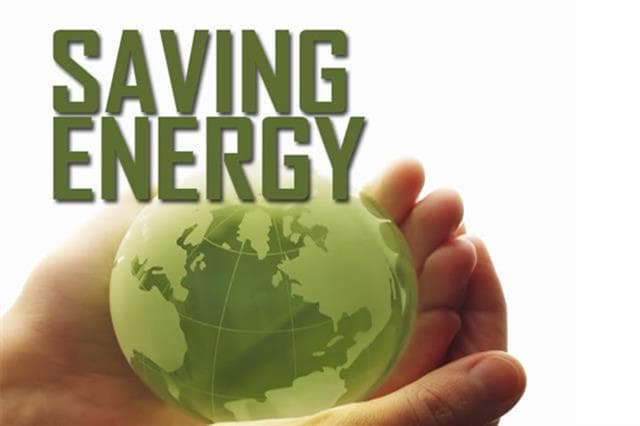Save on Energy with Reverse Cycle Air Conditioners (RCAC)
Published on Oct 01, 2015 by Coleman Levin

Is your gas bill eating up your budget during the winter? Just install a reverse cycle air conditioner (RCAC) in your home and you can save as much as 31% from your energy and gas bills. RCACs achieve this feat by taking hot air from the outside, passing it through refrigerant which is pumped through a coil. The coil amplify its heat, which is then blown as hot air into the home.
The best part about the technology is that you are essentially using renewable energy for your heating needs since ambient heat comes from air warmed by the sun. Research by the Melbourne Energy Institute (MEI) entitled Switching off Gas – An Examination of Declining Gas Demand in Eastern Australia states that with enough homes using this type of AC, the country will be able to slash its peak gas use by half.
As you can imagine, RCACs are highly energy efficient compared to gas heating. If an RCAC unit captures up to 4.8 units of heat from the outside air, it raises its efficiency over 500% compared to ducted-gas heating systems. The efficiency of gas systems clock in at 50% or less since homes need to have insulation installed to maximize heating. Homes without proper insulation that do not use energy efficient windows cost homeowners a lot of money during the cold months. RCACs even outperform other electrical heating and cooling systems like electric heaters and air conditioners and therefore provide maximum value for a consumer’s investment.
Unfortunately, not every homeowner is using the reverse cycle function even though they already have RCAC units installed. MEI calculates that in Eastern Australia, there are potentially 500,000 to 1 million homes whose owners aren’t aware that they can save up to hundreds of dollars per year on their heating bills. By turning off their gas and switching to their RCACs, they can start reaping the rewards of increased savings.
Aside from these stated benefits, RCAC units also effectively dehumidify the home which makes them ideal for tropical and coastal environments. This allows homeowners in such climates to avoid buying dehumidifiers and keeps houses safe from mould. RCAC units are safe because there are no flames involved when generating heat. RCAC units also benefit from a long service life. Most manufacturers assure buyers that their products can last up to 20 years.
If you have an AC in your home and you’re not quite sure if it is outfitted with RCAC technology, be sure to check with its manufacturer. You can also get in touch with climate control experts like Colby Cool to help you determine if your unit has reverse cycle capabilities. This way you can already start enjoying the benefits and save off high costs from energy consumption.
However, if your unit isn’t a reverse cycle air-conditioner, replacing it with one is a good investment especially if your home is large. According to data by the MEI, a 243 sq.m. home in Canberra, for example, can save up to 77% of its heating bill. If the average heating bill for a home in that location costs around $2,255, using an RCAC will only cost the same home $522. Now imagine if this is your home.
When buying an RCAC unit, you can use this calculator in order to ascertain how big your unit is going to be and how much wattage it will use. Should you need help installing your new AC, don’t forget that the specialists at Colby Cool are just a call away.
